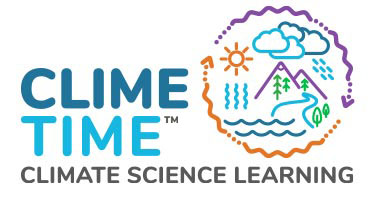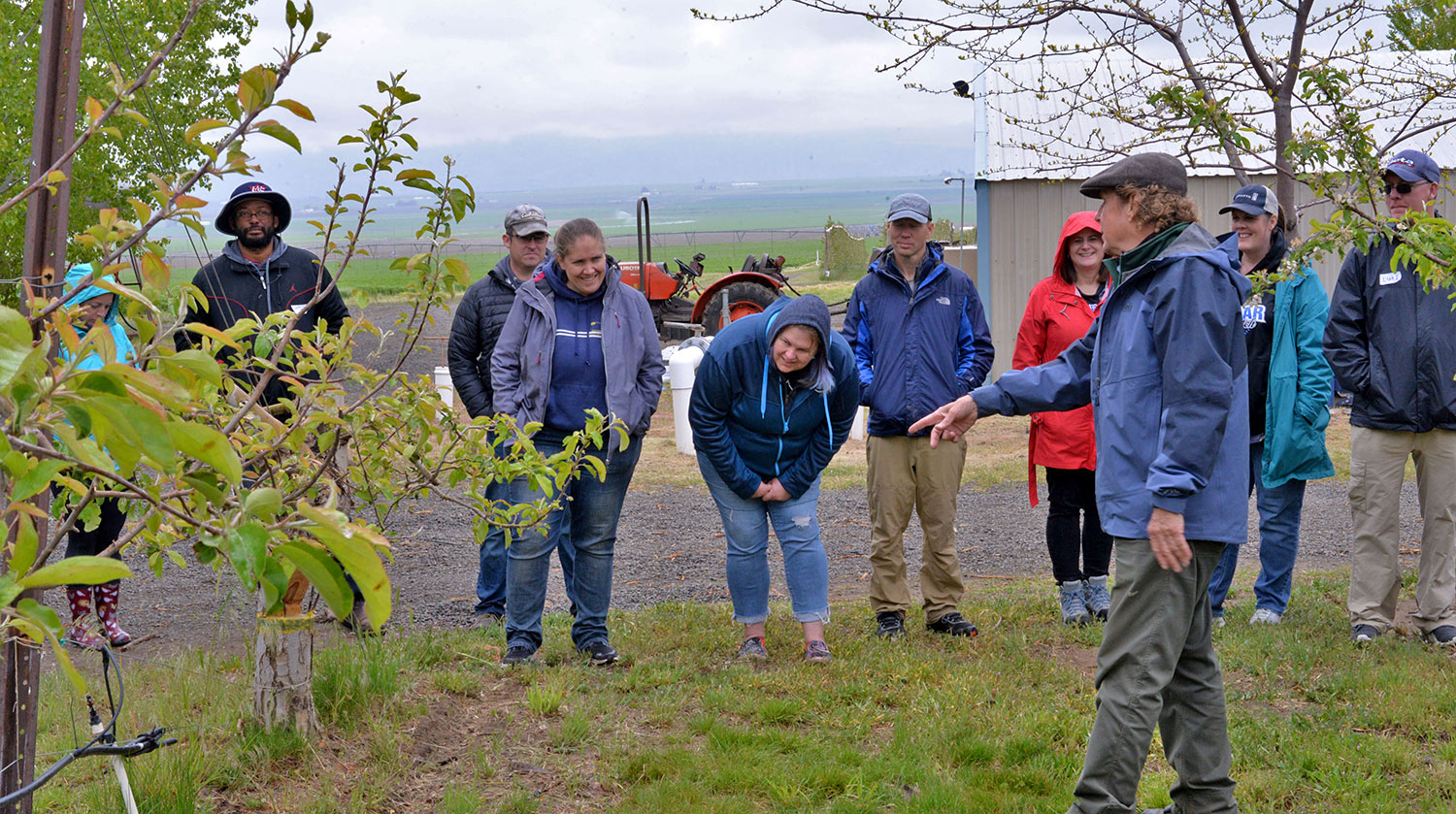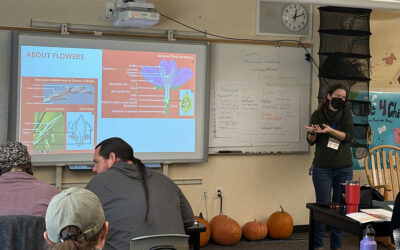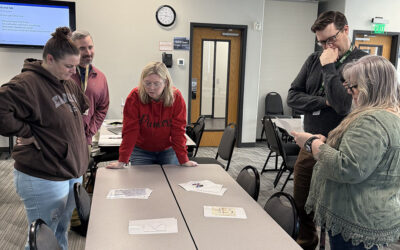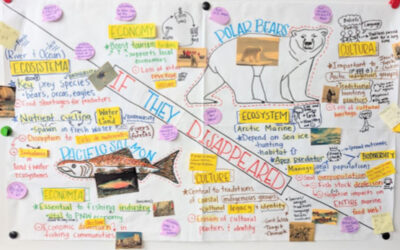Thanks to the support of ESD (Educational Service Districts) 105 and 171, eleven more Central Washington teachers were able to join the Pacific Education Institute (PEI) for an exploration of their Regenerative Agriculture Storylines. This two-day hybrid online and in-person workshop led educators through the storyline materials, content, and context for learning – including some time spent with a regional expert in regenerative (or conservation) agriculture.
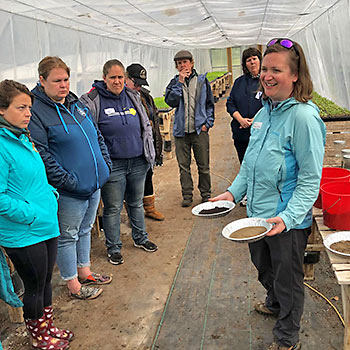
PEI’s Megan Rivard walks participants through the SOLS student soil activities.
Participants started in a Zoom session to frame the learning within NGSS (Next Generation Science Standards) and climate science learning. The session began with models of the outdoors, and participants were asked to label the elements in their model where carbon is sequestered, stored, and/or emitted. As the session progressed, facilitator Megan Rivard challenged participants to see the local connection between climate change and Western agriculture practices, and the Indigenous teachings highlighted in the storyline.
On a rainy Saturday morning, teachers traveled to Cloudview Farm in Royal City to meet conservation farmer Jim Baird. Baird has been a point of contact for many Washington farmers looking to increase their soil health through regenerative techniques, and even uses some of his farmland for his education non-profit to teach others about farming. Participants had many questions for Baird, who was incredibly happy to have an engaged group of professionals join him and help spread the teachings to the next generation. Teachers gained content, context, and connections during their time with Baird. Stated one participant, “As I move into teaching Ag biology in particular, this gives me some excellent methods to help my students learn about climate science within my frameworks.”
In the time spent walking the land with Baird, teachers heard the thousands of years of history of the area and experienced the myriad ways Baird connects with his soil, his community, and his crops.
